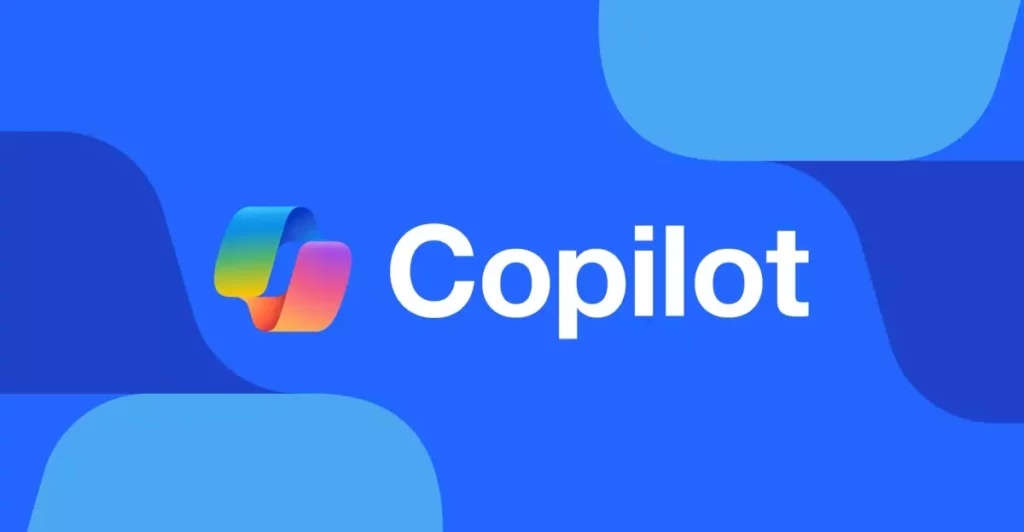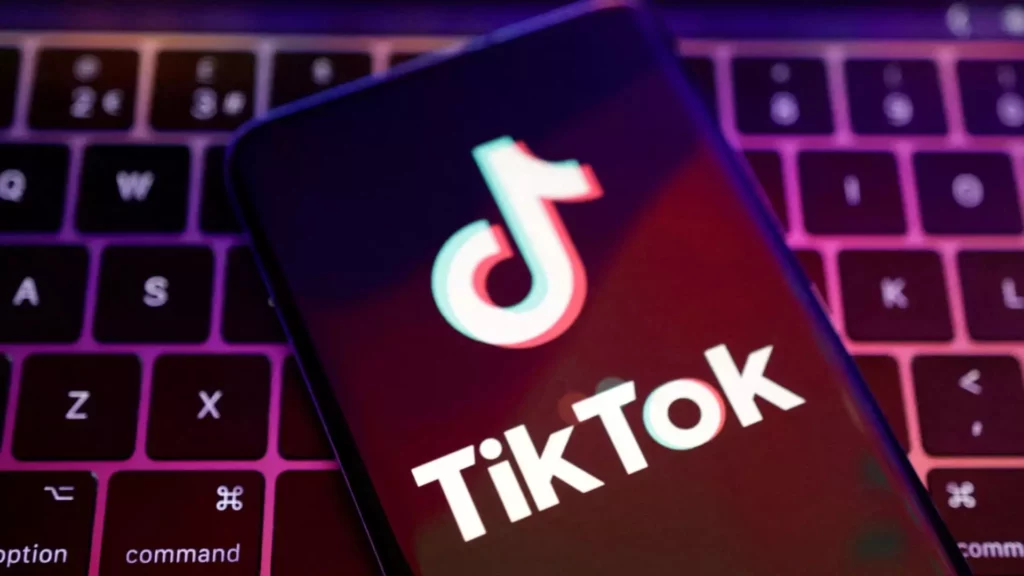In today’s fast-paced technological landscape, artificial intelligence (AI) is not just a trend; it’s a transformative force driving innovation across industries. At the forefront of this revolution is Microsoft, which is set to unveil its ambitious Copilot feature that integrates two pioneering AI agents: Researcher and Analyst. This strategic move positions Microsoft as a leader among giants like Google and OpenAI. The boldness of this leap indicates Microsoft’s commitment to reshaping user experience through advanced multi-step reasoning capabilities that could redefine how businesses operate.
The Researcher agent, inspired by OpenAI’s advanced deep learning techniques, represents a significant step forward in harnessing the power of sophisticated AI. By connecting with external data sources—think Salesforce and ServiceNow—Researcher attempts to revolutionize research methodologies. It promises to go beyond mere data collection; instead, it seeks to synthesize insights from various platforms in ways that can profoundly elevate decision-making. This isn’t simply about collating information but about distilling wisdom from a sea of data, enabling users to make informed choices that could steer their organizations in innovative new directions.
The Analyst: Democratizing Data Science
Simultaneously, Microsoft’s Analyst agent aims to empower users by simulating the functions typically reserved for data scientists. Through the utilization of the innovative OpenAI o3-mini reasoning model, it’s designed to interpret vast amounts of raw data, producing reports that would traditionally require specialized expertise. The thrilling notion of running Python code in real-time without needing extensive coding knowledge hints at a future where data manipulation becomes intuitive, accessible, and transformative. In an era where data is often overwhelming, creating tools that streamline complexity into elegance can revolutionize workplace productivity.
What’s particularly attractive about these innovations is their potential impact on operational efficiency. When these tools launch in April, anticipation is building not just because of their advanced capabilities but also due to the way they promise to change the dynamic of traditional business intelligence. This is not merely the mechanical efficiency of task execution but a genuine endeavor to cultivate a culture where data-driven decisions become the norm—empowering all levels of an organization to participate in intelligent decision-making.
Intelligent Automation: A Leap into Creativity
Moreover, the forthcoming functionalities in Copilot Studio, which promise to “automate any task you can imagine,” represent a pivotal shift toward genuine intelligent automation. Imagine the efficiency gains when an AI agent can autonomously direct critical feedback emails to the appropriate teams, requiring no human intervention. Such capabilities come close to bridging the gap between human creativity and machine precision, heralding a world where human potential is augmented rather than replaced.
Despite the exciting promises of these advancements, a wave of skepticism lingers. Experts caution that the challenges of integrating such sophisticated AI into everyday applications are profound. The promise of these tools depends not only on their technological sophistication but also on their usability. Will the average user find themselves overwhelmed by the complexity of these tools? Microsoft’s goal of democratizing technology hinges on managing this balance—ensuring that even non-technical users can leverage these capabilities without feeling overpowered by the technology at their fingertips.
The Crucial Test of Real-World Application
Key to Microsoft’s success will be its ability to execute on these lofty visions. History has shown that promising innovations can often fall short when put into the hands of everyday users. The real test lies in whether these tools can be both powerful and user-friendly, allowing organizations to harness advanced AI without the accompanying complexity that often stifles innovation.
This situation highlights an essential dilemma: transformative technology is meaningless in the absence of practical application. The question remains—can Microsoft not only deliver on the exciting promises of AI-powered tools but also create an ecosystem where users feel empowered and not intimidated? As they tread this path, the stakes are high, but if successful, the landscape of productivity could fundamentally shift, paving the way for a new era of work that embraces both technology and human ingenuity.









Leave a Reply